Nintendo Entertainment System
Top 10 Best Nintendo Entertainment System Games of All Time!
Nintendo’s Family Computer (or Famicom, for short) was released in Japan in the summer of 1983 and quickly became the most successful home video game console ever released in the country. At the same time, the North American video game market had crashed and the future of the entire industry was up in the air. In the fall of 1985, the Famicom finally made its way to American shores as the Nintendo Entertainment System. Thanks in no small part to the revolutionary Super Mario Bros., the NES brought the entire video game industry back from the dead and became a phenomenon the likes of which the industry had never seen. The NES captured over 80% of the market share and was basically synonymous with video gaming for the better part of a decade. With so many iconic franchises getting their start on the console, narrowing this list down to ten games was not an easy task.
10
Zelda II: The Adventure of Link
1987
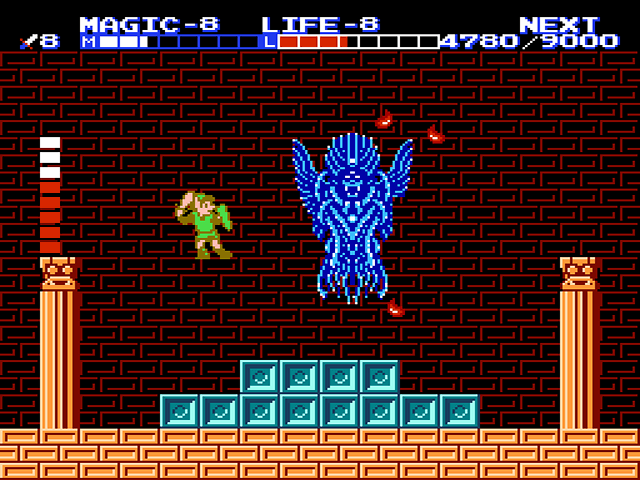
The Legend of Zelda was one of the fastest-selling games ever released and a landmark title in several ways. Nintendo could have easily slapped a coat of paint on their hit game and called it a sequel, but they decided to take the franchise in a bold new direction and built an entirely new game from the ground up. The sequel abandoned the overhead view from the original in favor of a more action-oriented side view. This allowed for more complex swordplay, and the battles were much more challenging as a result. The side-scrolling design also allowed for platforming elements to be added. This aspect of the game was surprisingly solid, and the controls felt more responsive than similar cross-genre games like Metroid or Kid Icarus. Zelda II also introduced many RPG elements (like magic spells and an experience system) and provided more opportunities to interact with non-playable characters. The graphics were more mature than the original and gave more detail to the world of Hyrule. Even the music had a darker edge to it. Despite the creativity, it’s often seen as a black sheep in the series and is underrated by anyone who is afraid of change. It’s not as revolutionary as the original, but Zelda II is still a great game in its own right and arguably the most ambitious sequel ever created.
9
Contra
1988
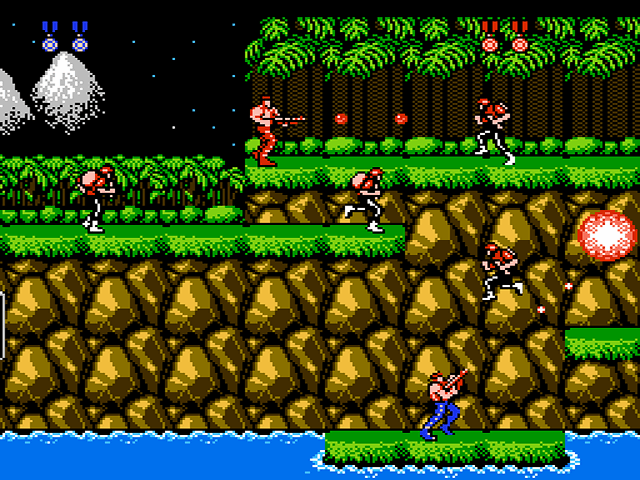
“Up, Up, Down, Down, Left, Right, Left, Right, B, A, Start.” Anyone who played video games in the ’80s knew the Konami code by heart, and it’s a safe bet that they often used it to obtain 30 lives in Contra. For some, the “Konami code” may as well have been the “Contra code.” For the uninitiated, Contra is a ground breaking “run ‘n gun” game that lets players assume the role of commandos on a mission to take down terrorists and aliens alike. Gamers have several weapons available to take out the endless waves of enemies, but what really makes Contra special is its two-player simultaneous gameplay. In theory, the two player mode should make things easier, but the real fun is fighting over weapons, stealing each other’s lives, and killing each other by climbing up the waterfall stage too fast. The NES version faithfully recreates the non-stop action and frenetic pacing of the arcade game, but thanks to its extended length and wider screen, the home version was even better than the original.
8
Ninja Gaiden II: The Dark Sword of Chaos
1990
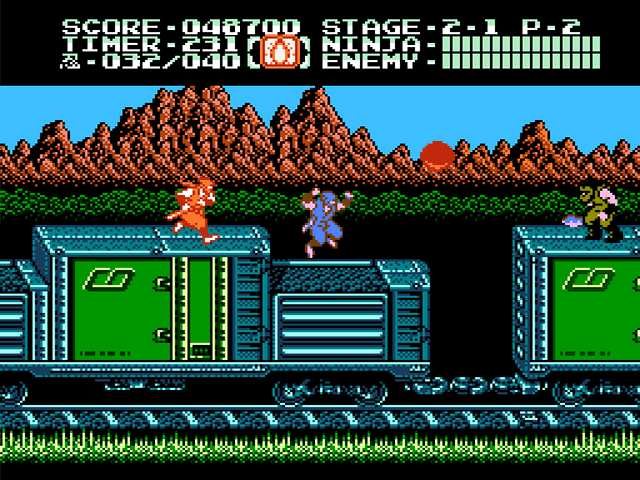
Like its predecessor, Ninja Gaiden II featured detailed graphics, an energetic soundtrack, and cinematic cutscenes. The game demands precision from the player and boasts some of the most fluid and responsive controls ever seen on the NES. Ninja Gaiden II retained the classic gameplay of the original and infused it with several new and exciting concepts. Environmental effects like slippery ice and powerful winds added depth to the stages. The ability to scale up and down walls (instead of just clinging to them) provided a whole new level of playability. For anyone who doubts that Ninja Gaiden II was a worthy sequel, I have three words for you: Orange. Ninja. Clones. The ability to split your body into three parts added an element of strategy that was not seen in the first game. While somewhat easier than the first Ninja Gaiden, it was still an extremely demanding title that could push anyone to their limits. The original was not an easy act to follow, but Ninja Gaiden II had pretty much everything that fans of the series could have hoped for.
7
Mike Tysons Punch-Out!!
1987
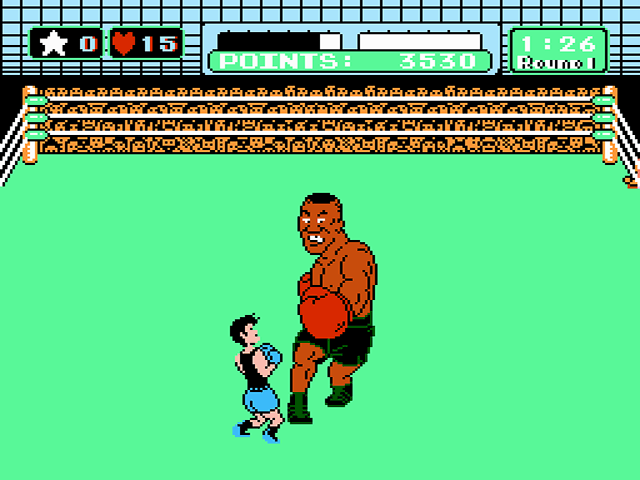
Punch-Out is the ultimate underdog story about a 17-year-old kid’s journey to become World Champion. As he works his way up through the ranks, he will encounter a dozen fighters – most of whom are at least twice his size. The majority of the boxers were taken directly from the arcade game, and all of them are walking stereotypes. The Indian wears a turban to the ring, the French guy can’t win a fight, the Polynesian is overweight, the Russian gets drunk between rounds, the Japanese guy randomly shouts out Japanese words, and the black guy rapes beauty queens. (Mike Tyson wasn’t convicted of rape until after this game was released, but my point still stands.) The controls are relatively simple and the key to victory is finding patterns in your enemies attacks. These patterns are not hard to pick up on, as the boxers telegraph their moves like professional wrestlers do. Finding the patterns is only half the battle, as you’ll need to develop lightning-fast reflexes if you want to capitalize off of them. Thankfully, players have a trainer that gives “helpful” tips between rounds and assists you with developing a strategy. With its timeless gameplay, a cameo from Mario, and the cheesy training clips shown while advancing in each division, there is just so much to love here. Very few games hold up as well as Punch-Out!!. It’s no wonder Nintendo needed to put not one, but two exclamation points in the game’s title!!
6
Kirby’s Adventure
1993
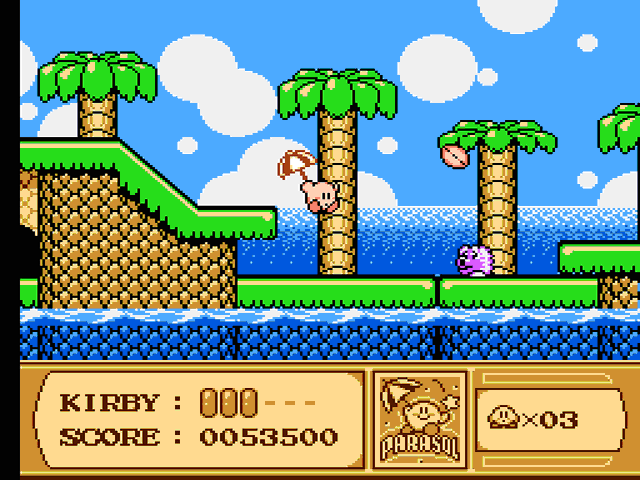
Kirby’s Dream Land for the Game Boy was enjoyable in its own right, but Kirby’s Adventure is the game that gave the series its identity. With the legendary Shigeru Miyamoto joining the development team, Kirby’s Adventure improved upon the original by leaps and bounds. It’s arguably the best-looking NES game ever created, but the variety in the gameplay is where Kirby’s Adventure really shines. Kirby can still inflate himself full of air and float through the skies at his leisure, but he now has the ability to absorb powers from his enemies. There are two dozen abilities in total and they are incredibly diverse in nature. By taking advantage of some of these powers, Kirby can attack his rivals with swords, freeze them into blocks of ice, deliver backdrops, pound them with hammers, or shoot them with lasers from the cockpit of the elusive UFO. The game is surprisingly long for a NES game and features 39 massive levels to play through, multiple hidden switches to find, and dozens of bonus stages to unlock. Whether you’re trying to catch the big stuffed Kirby in the crane game, testing your trigger finger in a quick draw challenge, raiding a museum to absorb a new ability, or honing your skills in the coliseums, Kirby’s Adventure will keep you entertained from start to finish.
5
Super Mario Bros. 2
1988
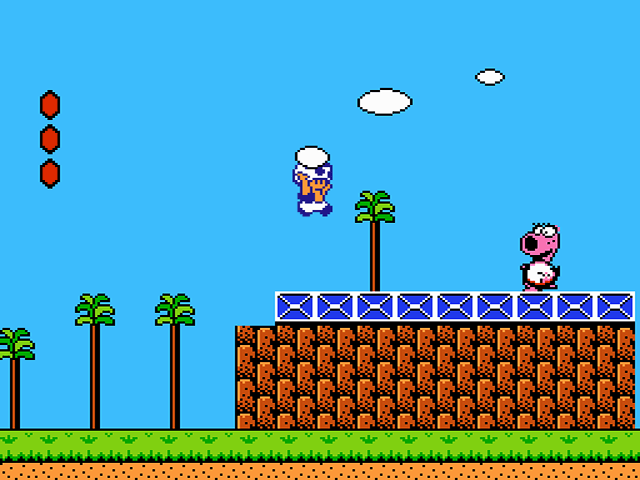
After concluding that the Japanese version of Super Mario Bros. 2 would be too difficult for American gamers, Nintendo chose to modify an obscure game known as Doki Doki Panic for western audiences. In contrast to other Mario games, the enemies in Super Mario Bros. 2 are not defeated by simply jumping on their heads. Rather, they are defeated by picking up and throwing objects of them. Better yet, you can pick your enemies up and throw them around too! In this adventure, Mario is one of four selectable characters. Each character has their own distinct abilities, and the tremendous variety in the game’s 20 stages ensure that these abilities are put to good use. Many stages contain alternate paths and hidden shortcuts, and the environments are extremely memorable. One minute you’ll be flying around on a magic carpet, the next you’ll be digging through sand or bombing through walls. It’s a shame so many treat this game like a red-headed stepchild. The graphics are bright and colorful, the upbeat ragtime-inspired music is incredibly catchy, and the gameplay is completely original. It’s a shame that Nintendo never used the Doki Doki Panic engine again, but this means that Super Mario Bros. 2 is as unique today as when it was first released.
4
River City Ransom
1989
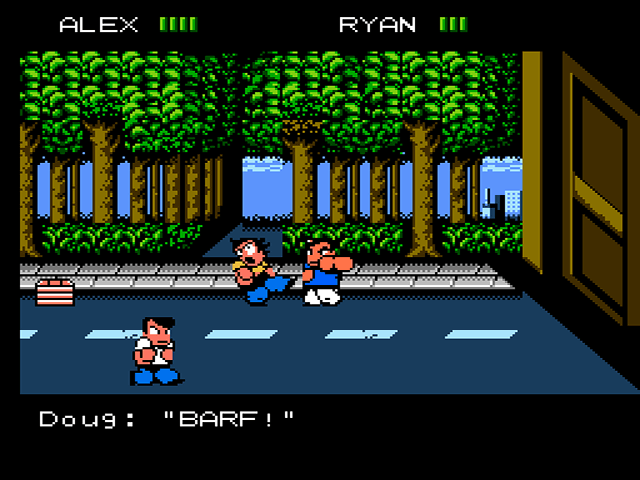
It may look like a more simplistic version of Double Dragon, but River City Ransom offers much more depth than any other side-scrolling beat ’em up from its era. The story (centered around a kidnapped girlfriend) was nothing new, but the creative use of RPG elements made the game stand out. Being able to improve your attributes as you progress made the game feel a lot less linear than its contemporaries. After beating the shit out of your enemies in the game, you can use their money to buy new clothes, eat sushi, relax in saunas, or learn new abilities. The responsive controls allowed for explosive combos and lightning-fast gameplay as you battled frat boys, jocks, cowboys, and mobsters. You also had the ability to use an assortment of weapons that included standard brass knuckles and lead pipes as well as a handful of non-traditional items (like tires that could be bounced off walls.) The ability to play with a second player cements River City Ransom as a true classic. It’s the single best co-op game on the console.
3
Mega Man 2
1989
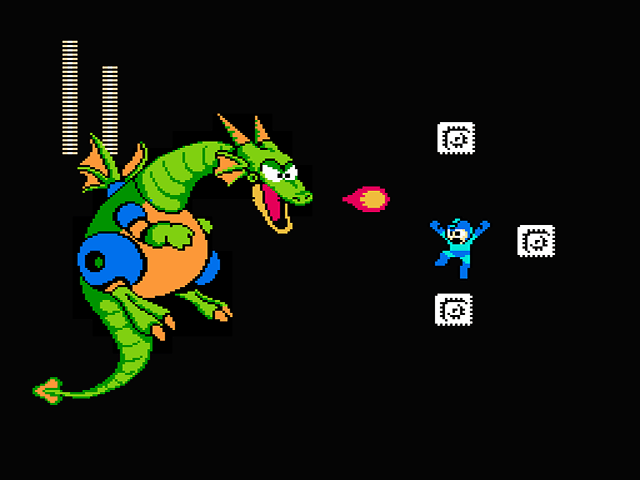
The original Mega Man did a lot of things right, but its sequel improved upon it in every conceivable way. The levels are not only longer and more numerous, but are also more balanced with respect to their difficulty. Naturally, more levels also means more robot bosses to topple and more weapons to obtain. The bosses are a lot cooler this time around and include everything from an anthropomorphic Zippo lighter to a robot that’s made out of a log. The final battle with an apparent alien was extremely memorable as well and the confrontation with the giant Mecha Dragon was one of the greatest moments of the entire 8-bit era. I’d be remiss not to mention that Mega Man 2 boasts the most amazing 8-bit soundtrack of all-time. Mega Man 3 – which introduced the slide technique and offered even more levels – is almost as good, but Mega Man 2 just barely edges it out as the best game in the series. The Blue Bomber has lent his name to several dozen titles over the past two decades, but there is good reason why Mega Man 2 still stands as the best-selling game in the entire franchise.
2
The Legend of Zelda
1986
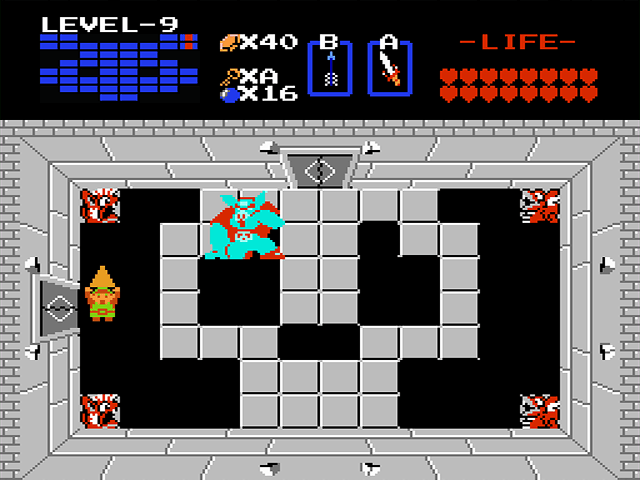
The Legend of Zelda is a groundbreaking game that provides a perfect mix of action and adventure. It was one of the longest and most rewarding games of its time and the very first console game with a built-in battery to save progress. The massive overworld, numerous dungeons, and countless hidden secrets set new standards; and the “Second Quest” revealed after defeating the game is arguably the coolest Easter egg in gaming history. The various weapons and items provided tremendous variety and introduced innovative gameplay concepts. In addition to traditional swords, shields, and arrows, players could also use bombs to blast through walls, rafts to travel across water, and candles to light up dark rooms or burn down trees. The bright and colorful graphics fit perfectly with the fantasy setting and the music was downright unforgettable. There was something about the shiny gold cartridge that suggested Zelda was special from the very beginning.
1
Super Mario Bros. 3
1988
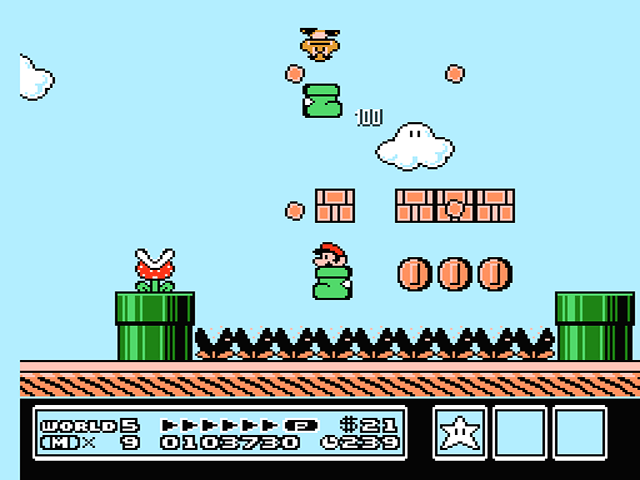
This is a predictable choice for #1, but it’s the right choice. Although there were two completely different versions of Super Mario Bros. 2 released, Super Mario Bros. 3 felt like the sequel that gamers had been waiting for since the original Super Mario Bros. The trademark mushrooms, fire flowers, and invincibility stars returned for this sequel and were joined by new power-ups like the super leaf that gave Mario the power of flight, a frog suit for enhanced swimming abilities, and a magical tanooki suit that transformed him into a stone statue. The level design was pure magic as well. From air ships that challenged your platforming skills to fortresses that required exploration, each one of the games 90 stages was beautifully designed and completely unforgettable. Who could forget encountering supersized enemies in Giant World? Who could forget the angry sun that chased Mario in the desert? Who could forget riding around in a giant goomba shoe? Every aspect of the game was amazing. With cool Happy Meal toys at McDonalds and campy Fred Savage movies in theatres to help promote it, the hype for this game was off the charts and expectations could not have been any higher. Remarkably, the game actually exceeded these expectations and stands as one of Mario’s greatest moments.

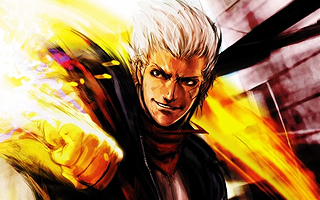
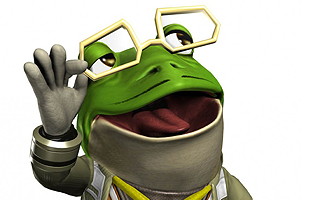
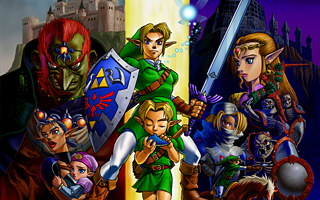
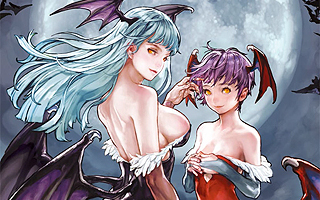
Do you agree with this list? Let us know what you think by leaving a comment below. Your opinion matters!